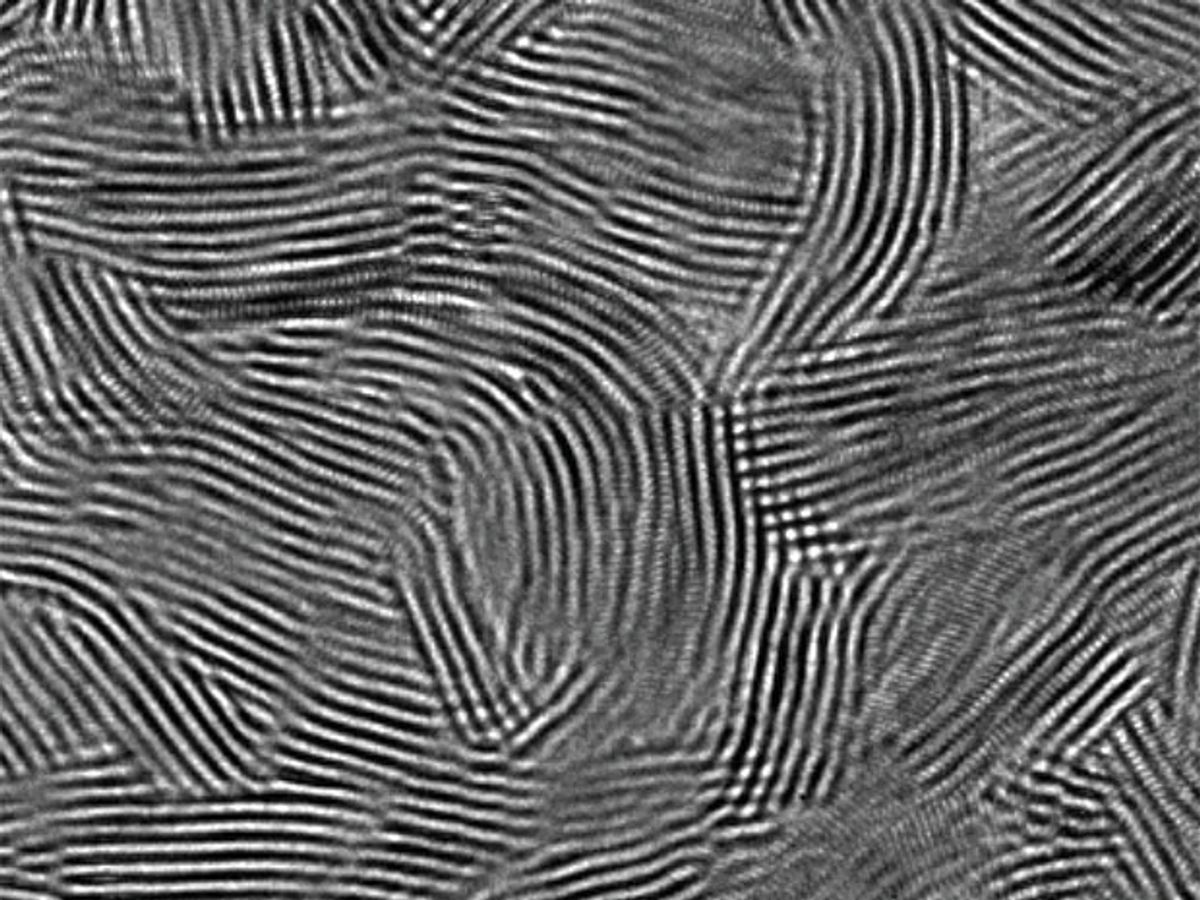The combination of nanomaterials with water has produced some intriguing possibilities—among them, powering turbines by taking advantage of the production of steam from water that is near freezing, splitting a water molecule through artificial photosynthesis to produce hydrogen gas, dramatically improving water desalination processes, and purifying microbe-infested water simply and cheaply.
Now, researchers at the U.S. Department of Energy's SLAC National Accelerator Laboratory and Stanford University have added a new solution to water purification: a nanomaterial that can reportedly kill 99.999 percent of bacteria in water within just 20 minutes—a process that would otherwise take up to two days if only the ultraviolet (UV) light from the sun were used as a disinfectant. Why is UV treatment so slow? As the researchers explain, ultraviolet light accounts for roughly 4 percent of the total solar energy focused on the water being irradiated. Ratcheting up the amount of energy brought to bear was the aim of the experiments.
In research described in the journal Nature Nanotechnology, the scientists successfully aligned molybdenum disulfide films vertically on the surface of glass so that the pane was able to make use of the full visible solar spectrum. These walls of molybdenum disulfide form a kind of maze on the glass and appear like fingerprints on the glass. This device, which is about half the size of a postage stamp, is able to absorb 50 percent of the sun’s energy by utilizing the full spectrum of visible light—a huge leap beyond the capabilities of UV-only devices.
"Our device looks like a little rectangle of black glass. We just dropped it into the water and put everything under the sun, and the sun did all the work," said Chong Liu, lead author of the report, in a press release.
The two-dimensional version of molybdenum disulfide employed by the researchers has been gaining the interest of researchers for its solar absorption capabilities over the past few years. What the researchers from SLAC and Stanford have done is place a thin layer of copper on top of MoS2 walls to yield a photocatalyst that is triggered when sunlight hits the walls. This catalyst stirs a chemical reaction that produces bacteria-killing “reactive oxygen species” such as hydrogen peroxide.
While the researchers concede that the material cannot address all pollutants in water (it won’t flush out chemical pollutants), they have shown that it can kill three different strains of bacteria. The researchers claim that there’s no reason to believe that this process couldn’t kill a larger variety of bacteria, and that it may even be able to destroy viruses.
Dexter Johnson is a contributing editor at IEEE Spectrum, with a focus on nanotechnology.



